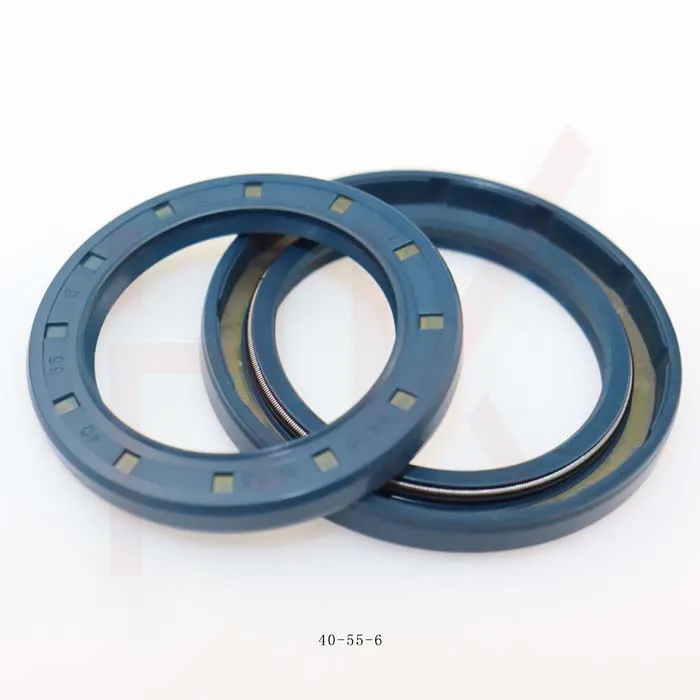Nov . 20, 2024 15:18 Back to list
dust seal
Understanding Dust Seal Importance and Applications
In the world of mechanical engineering and manufacturing, effective sealing technologies play a vital role in ensuring the longevity and efficiency of machinery. Among various sealing solutions, dust seals stand out as particularly essential, especially in equipment exposed to harsh environmental conditions. This article delves into the significance of dust seals, their applications, and considerations for their proper implementation.
What is a Dust Seal?
A dust seal is a type of sealing solution designed to prevent the ingress of dust, dirt, and other particulate matter into machinery and mechanical components. Typically made from elastic materials like rubber or thermoplastic elastomers, dust seals are engineered to withstand a range of environmental factors, including temperature changes, moisture, and chemical exposure. They often come in various shapes and designs, optimally fitted to the specific application they serve.
Importance of Dust Seals
1. Protection Against Contamination One of the primary functions of a dust seal is to protect sensitive mechanical parts, such as bearings and gears, from contamination. Dust and dirt can lead to increased wear and tear, significantly reducing the lifespan of components. By effectively sealing off these parts, dust seals help maintain operational efficiency and extend the service life of the equipment.
2. Maintenance Reduction Regular maintenance is essential for machinery to operate efficiently. When dust enters critical components, it can lead to failures and the need for more frequent repairs. By employing dust seals, businesses can reduce maintenance intervals, thereby lowering operational costs and improving productivity.
3. Enhanced Performance Machinery that operates in clean environments tends to perform better. Dust seals ensure that the working environment remains uncontaminated, helping maintain optimal performance levels. This is crucial in industries where precision machinery is used, such as in aerospace, automotive, and manufacturing.
4. Safety Considerations In many applications, dust can pose significant safety risks. Contaminants can lead to unexpected machinery failures, with potentially dangerous consequences for operators. Implementing effective dust seals helps mitigate these risks, ensuring a safer working environment.
Applications of Dust Seals
Dust seals find applications across a broad spectrum of industries. Some of the most notable include
- Automotive Industry Dust seals are commonly used in cars to protect components like wheel bearings and CV joints from dirt and moisture. This helps maintain smooth operation and extends service intervals.
dust seal

- Industrial Machinery Equipment such as hydraulic cylinders, gearboxes, and pumps often utilize dust seals to keep contaminants at bay. In manufacturing plants, where dust is prevalent, these seals are critical for optimal equipment function.
- Agricultural Equipment Farm machinery operates in challenging conditions, making dust seals vital for protecting components from dirt and debris. This not only enhances performance but also reduces downtime.
- Aerospace In the aerospace sector, where components must operate flawlessly, dust seals are critical for ensuring that delicate mechanisms are protected from environmental hazards.
Selecting the Right Dust Seal
When choosing dust seals for a specific application, several factors must be considered
1. Material Properties The choice of material affects durability, flexibility, and resistance to temperature and chemical exposure. Understanding the operational environment is crucial in selecting the right material.
2. Design Specifications Dust seals come in various shapes and sizes. It’s essential to choose a design that fits the assembly perfectly to ensure effectiveness.
3. Environmental Conditions Different applications may have varying levels of exposure to moisture, chemicals, and temperature changes. The dust seal should be tailored to withstand these environmental conditions.
4. Installation and Maintenance Proper installation of a dust seal is vital for its performance. Moreover, understanding the maintenance needs of the seal can lead to a better lifecycle management strategy.
Conclusion
Dust seals are indispensable components in modern machinery, contributing to longevity, performance, and safety. Their ability to protect against contamination can significantly enhance operational efficiency and reduce downtime. As industries continue to evolve, the importance of selecting the right dust seal for specific applications will only grow, underlining the need for engineers and maintenance professionals to stay informed about the latest sealing technologies. With the right dust seals in place, businesses can ensure their equipment operates optimally in even the toughest conditions.
-
TCN Oil Seal Metal Ring Reinforcement for Heavy Machinery
NewsJul.25,2025
-
Rotary Lip Seal Spring-Loaded Design for High-Speed Applications
NewsJul.25,2025
-
Hydraulic Cylinder Seals Polyurethane Material for High-Impact Jobs
NewsJul.25,2025
-
High Pressure Oil Seal Polyurethane Coating Wear Resistance
NewsJul.25,2025
-
Dust Proof Seal Double Lip Design for Construction Equipment
NewsJul.25,2025
-
Hub Seal Polyurethane Wear Resistance in Agricultural Vehicles
NewsJul.25,2025
-
The Trans-formative Journey of Wheel Hub Oil Seals
NewsJun.06,2025
Products categories
















